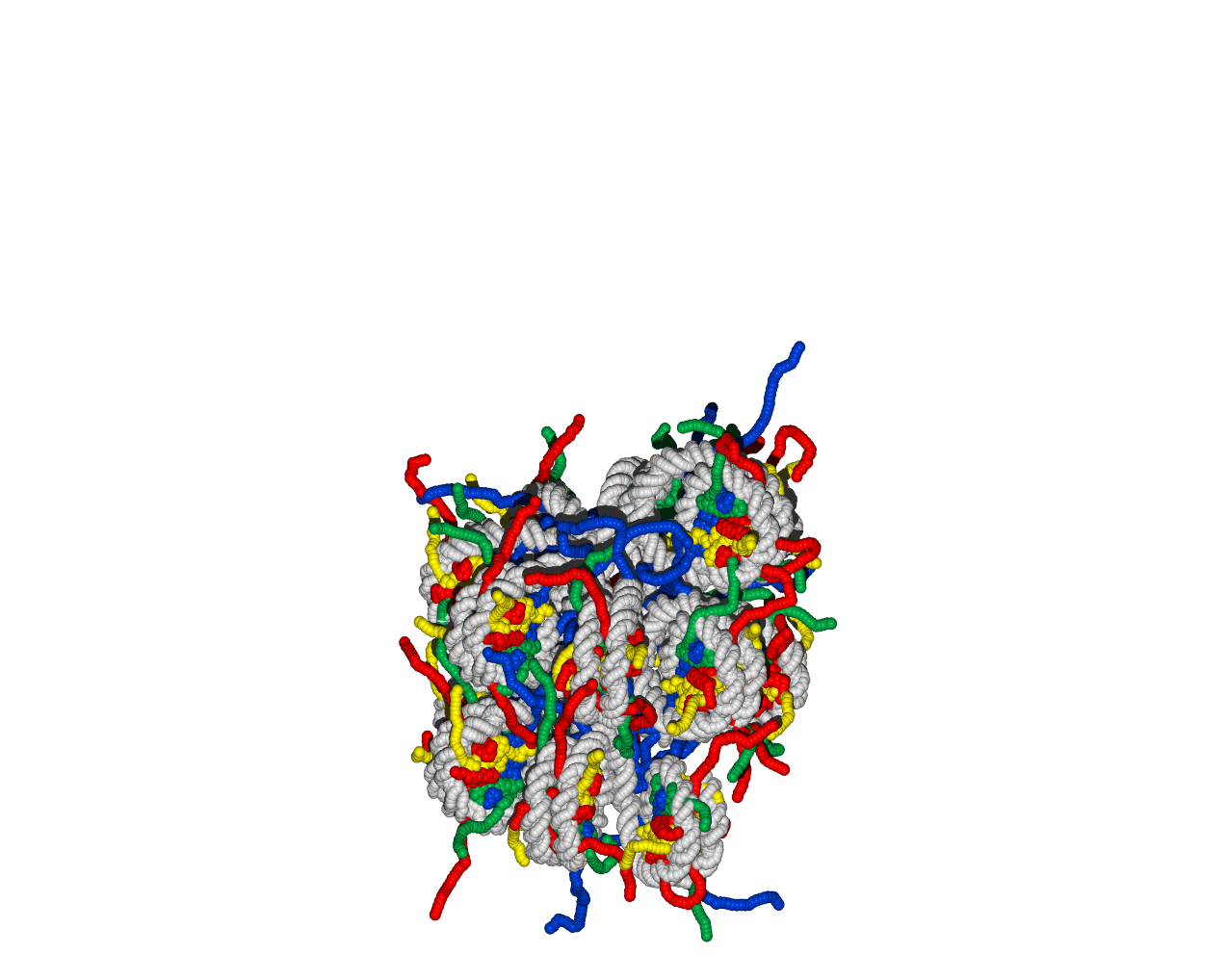
Biophysicists unravel exact folding of a single gene
The way genes are folded determines their activity in our body. Leiden biophysicists are now the first to unravel this structure molecule-by-molecule. Publication on December 1st in Nature’s Scientific Reports.
Reading out DNA has been possible for decades. Scientists read the genetic code like a book: letter by letter, and molecule by molecule. Until now, they have been unable to determine the folding of DNA with the same precision. This folding determines which genes are active. Leiden biophysicists have now for the first time unraveled molecule-by-molecule the structure of a gene and the proteins around it.
Hairpin
John van Noort and his research group tested their method on DNA from a yeast solution. First, they isolated a single gene—about 0.001% of the DNA of a single cell. To do this, first author Klaas Hermans designed an artificial piece of DNA—a Locked Nucleic Acid hairpin—to couple to the yeast gene. He then extracted this hairpin from the solution with magnetic beads. Next, he used magnetic tweezers to pull the gene and surrounding proteins apart, molecule by molecule.
Targeted
Van Noort expects the new technique to make a big impact. ‘Apart from unraveling the structure of our genome, we can use it to analyze our genome in a targeted manner.’ His method can make sequencing of interesting parts of our genome quicker and cheaper by only mapping out important genes.

Model of pulling apart DNA which is folded into a structure called chromatin.
